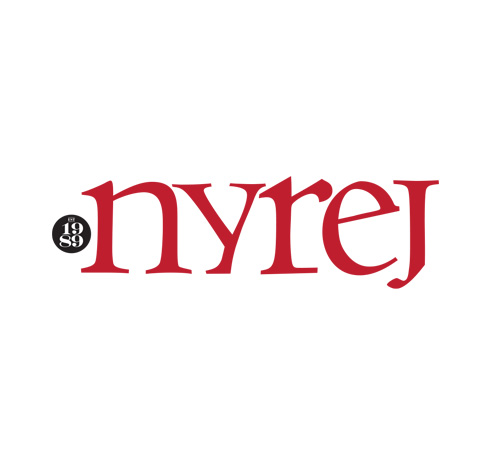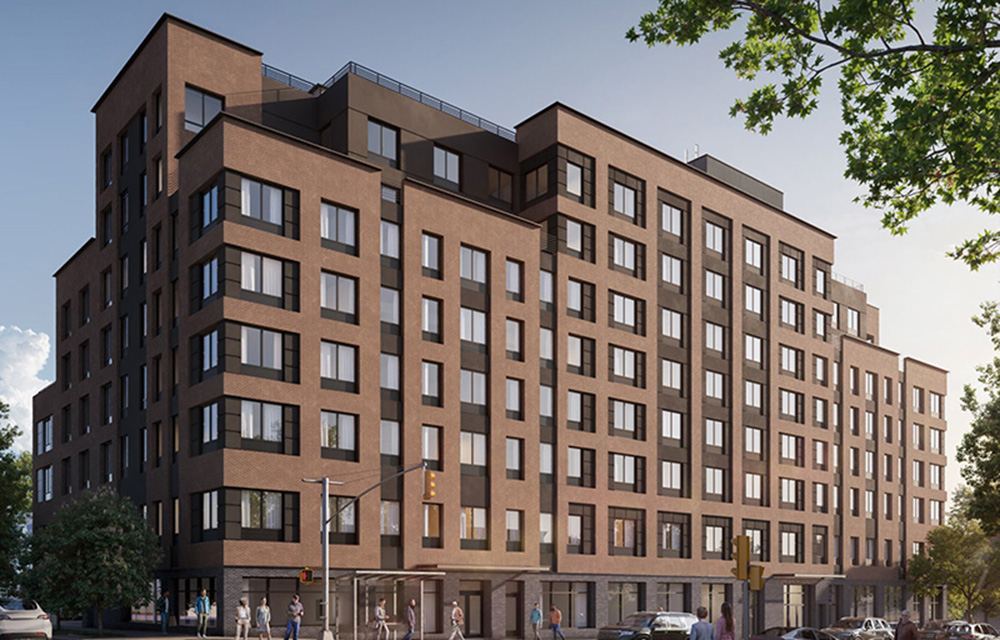Landlords in New York City should be on alert when it comes to lead-based paint - by Ken Apen

LEW Corp.
A federal probe has led mayor Bill De Blasio to sign five bills in February that deal with New York City’s persistent lead-based paint problem, with four of them targeting landlords. While many NYC landlords are complying with the cities lead paint laws according to a recent NYC Department of Health and Mental Hygiene (DOHMH) audit, many are not, placing too many children at risk.
Effective August 9th, 2020, a bill requires that owners must have the building checked for lead hazards and lead-based paint inspected within five years of the effective date by an inspector certified by the Environmental Protection Agency. If a child under six years of age was residing in an apartment, owners will have one year to complete a full inspection of that unit.
Lead-based paint hazards are presumed to exist in dwelling units and common areas if:
• The building was built before January 1, 1960;
• The building has three or more apartments; and
• A child under the age of six resides in the dwelling unit.
Under Local Law 64 of 2019, the definition of the term “resides” is to routinely spend 10 or more hours per week in a dwelling unit, which includes both a child who lives in the apartment and a child (or children) who just visits for this period of time.
Another bill signed tightens up enforcement against landlords who have not taken preventative measures under existing law. NYC Department of Housing Preservation & Development (HPD) will now be legally obligated to audit a minimum of 200 buildings each year to determine compliance with the annual inspections, child inquiries and turnover responsibilities. Building owners who cannot prove they have done so are presumed to have not and will be issued violations.
Starting February 2021, Local Law 11 powers will also be extended to cover one- and two-family homes that are not owner occupied throughout the boroughs. They will be subject to the same requirements as multiple dwelling rental units for annual notice and inspection for lead-based paint hazards and become subject to HPD inspection and emergency repair provisions.
Under another bill, if the Department of Health is notified of a pregnant person who tests positive for elevated lead levels, the agency must check the apartment for lead-based paint after the child is born.
Under the fifth bill, starting in June 2020, any firms or contractors licensed by the city to perform home improvement activities will be required to show proof that they have been certified by the Federal Environmental Protection Agency (EPA) in lead-safe work practices.
As a side note, the Buildings and Health Departments have teamed up and have been already showing up unannounced at sites with active construction permits, targeting pre-1978 buildings under renovation. Inspectors are looking for excessive dust. If lead is found in the dust, additional violations and a stop-work order is issued.
As of June 12th, 2019, the new lead in dust standards are:
• Floors reduced to 10 mcg/ft² previously 40 mcg/ft²;
• Window sills reduced to 50 mcg/ft² previously 250 mcg/ft²; and
• Window wells reduced to 100 mcg/ft² previously 400 mcg/ft²
Lead paint has been illegal for residential usage in New York City since 1960, but a permanent solution to address the issue or preventing its exposure has been slow for decades. This time it appears the regulations are substantially more aggressive for property owners who fail to comply with lead-based paint regulations.
Ken Apen is the sales manager at LEW Corp., Mine Hill, N.J.
Troutbrook expands with boutique condo project and Marriott Fairfield Inn & Suites renovation








.gif)
.jpg)
.gif)
.gif)